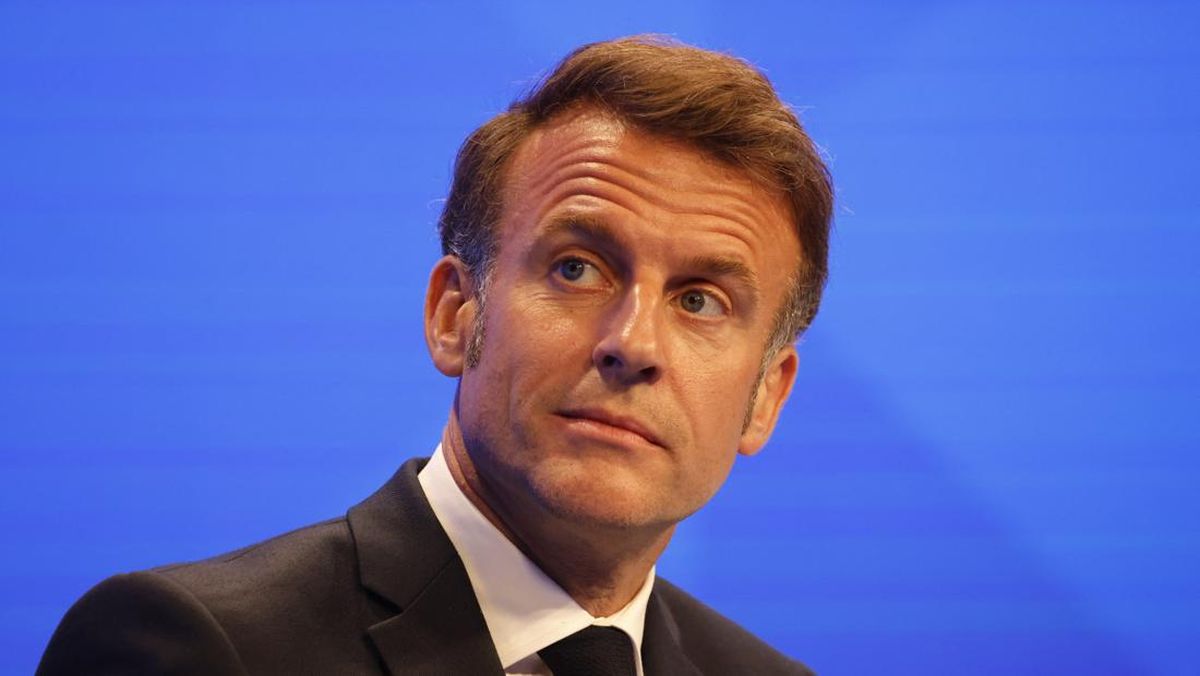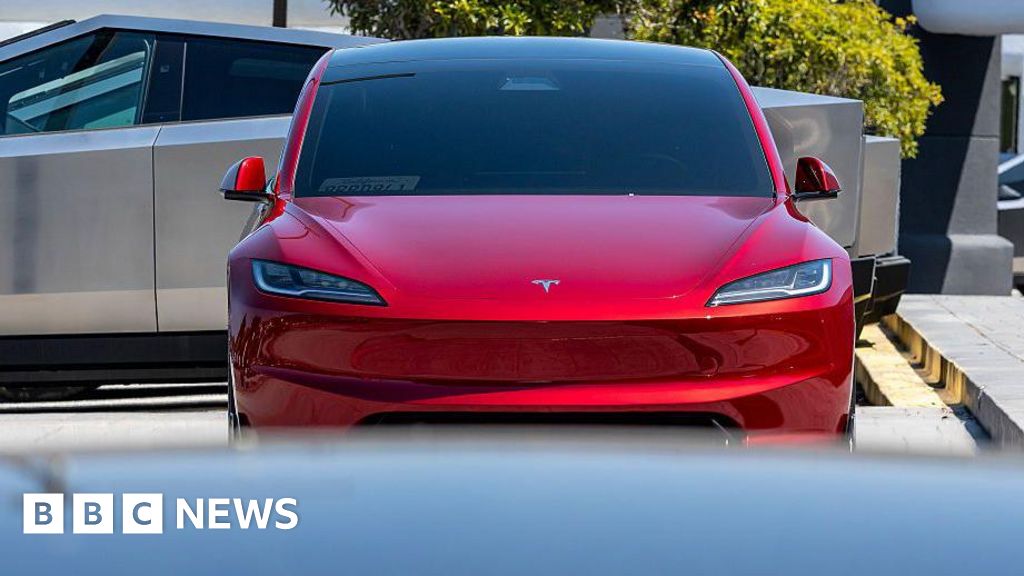Not one energy company has committed to fund a new wind farm so far this year, despite the need for the Albanese government to quadruple the amount of wind power in the electricity grid over the coming decade to meet its new 2035 climate target.
Meanwhile, years-long delays are blowing out rollout times on critical transmission lines needed to carry renewable power to the cities, while electric car purchases are stuck in the slow lane at 10 per cent of new sales.

Wind power must quadruple to meet the government’s 2035 climate target. Credit: Jason South
Each of these challenges must be overcome rapidly for the government to reach its target to cut emissions 62 per cent to 70 per cent by 2035, as announced on Thursday under Australia’s commitment to the Paris Agreement.
Australia’s emissions have fallen 28 per cent since 2005 and the Energy Department has forecast that under the current trend, without new measures, emissions would only decline a total of 50 per cent by 2035.
Failure to deliver on climate promises is a sensitive topic for the Albanese government, which went to the 2022 election pledging that power bills would fall $275 by 2025. Instead, prices rose, which the government blamed on global issues and ageing coal power plants.
Loading
The government has distanced itself from Climate Change Authority modelling that suggested the renewables’ rollout would cut $1000 from annual power bills.
On Friday, both Climate Change and Energy Minister Chris Bowen and Prime Minister Anthony Albanese refused to promise power bill cuts.
“Modelling is there, it is not government modelling,” Albanese said in response to a reporter’s question over power bills.
“That’s not a political promise. It’s a statement of modelling by expert agencies,” Bowen said.
Opposition Leader Sussan Ley seized on the PM’s answer, claiming he dodged the question because “Albanese has no faith in his own promise to bring down power prices”.

Anthony Albanese says Australia’s 2035 emissions reduction target is “responsible” and “supported by science”.Credit: Dominic Lorrimer
While the authority has said the government could reach its target by forcing greater emissions reduction in mining, agriculture and manufacturing, as well as banning native forest logging, the government has not revealed all the details of its pathway to the new target.
But the climate target report released on Thursday has confirmed the source of around half of its required emissions reductions – replacing polluting coal plants by boosting renewables to supply 95 per cent of electricity to the grid within 10 years.
Wind farms must quadruple by 2035, due to the need for an energy source that can power the grid when the sun isn’t shining, to supplement the huge volume of solar panels.
The biggest wind farm under construction is known as Golden Plains, near Geelong in Victoria. It will boast 122 turbines to have an electricity generation capacity of 1.2 gigawatts.
Senior renewables analyst for energy consultancy Rystad, David Dixon, said the equivalent of four Golden Plains must be added to the grid each year until 2035, but the current rate of construction is too slow.
“We’ve only ever started construction on more than 2 gigawatts in a single year, and all other years have been below that,” Dixon said, while adding that the government should be commended for setting a goal that could help drive the greatest achievement possible.
“There are many countries around the world that set targets that are easily achievable. We’ve gone the opposite way and set a target that to reach would have to go at record pace at a global level.”
Renewable energy investors told this masthead that while it was possible for the industry to reach this goal, state and federal governments must execute a number of major reforms that have sat in the too-hard basket for years.
Loading
The most controversial measure, they say, is expanding the compulsory acquisition of private property, which would infuriate farmers opposed to development on their land, to remove the roadblocks to building over 4000 kilometres of new transmission lines by 2030.
The completion date for the $3.3 billion VNI West transmission line has blown out from 2028 to 2030. Initially expected to cost $3.9 billion, its cost estimate is now between $7.6 billion and $11.4 billion, according to the Australian Energy Market Operator.
The EnergyConnect link between South Australia, Victoria, and NSW has been delayed from 2026 to 2027 – the cost has also blown out from $2.3 billion to $4.1 billion, and the expected completion of Marinus Link from Tasmania to the mainland has shifted from 2030 to 2032.
Clean Energy Investor Group chief executive Richie Merzian, who represents most of the major investors in Australian renewables, said state and federal planning regulations, which add years of delay to projects, need an urgent overhaul.
“We’re not on track right now, but we can be,” he said.
“It’s all within our means to address, the question is whether we have the conviction to do it.”
Most Viewed in Politics
Loading


















































